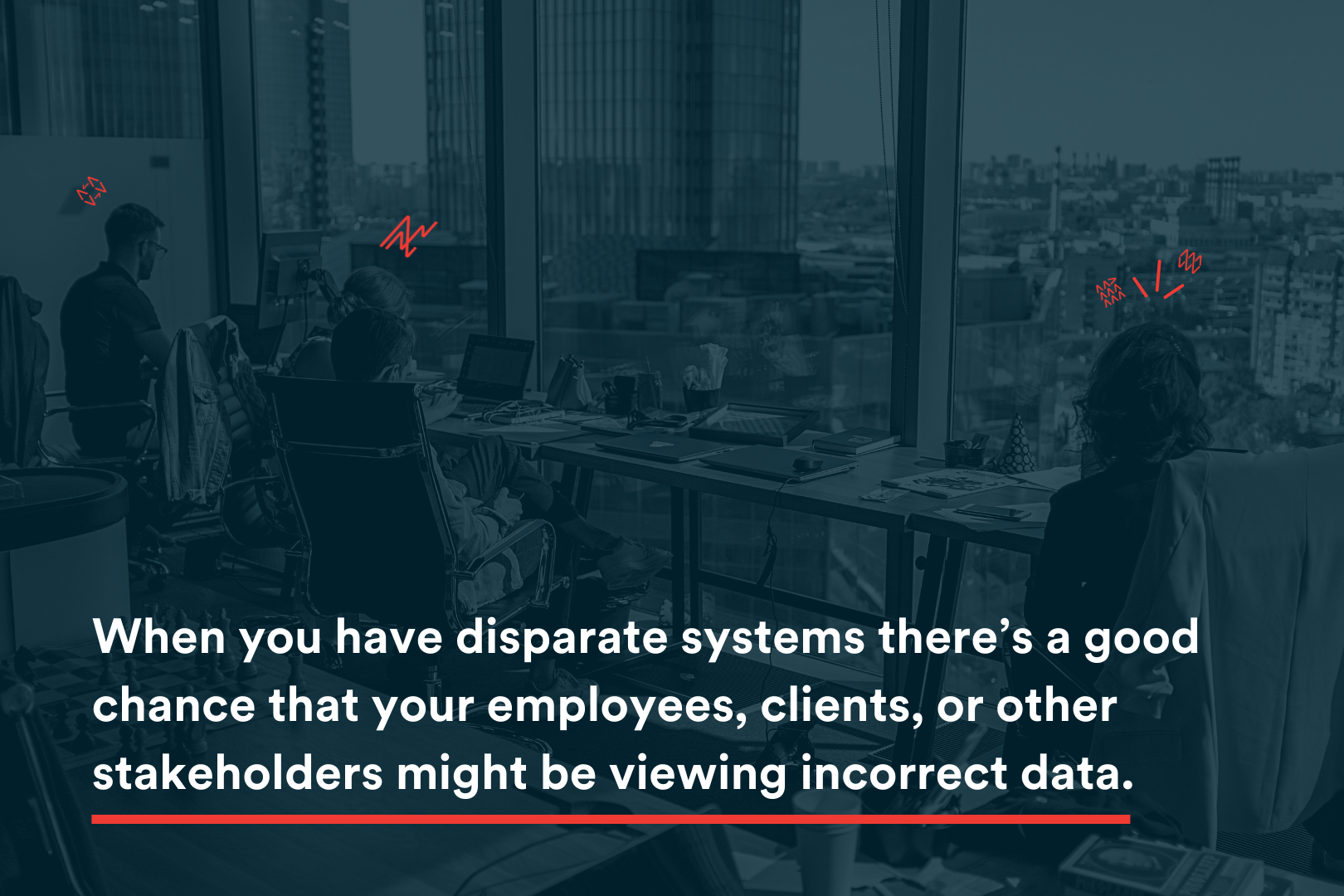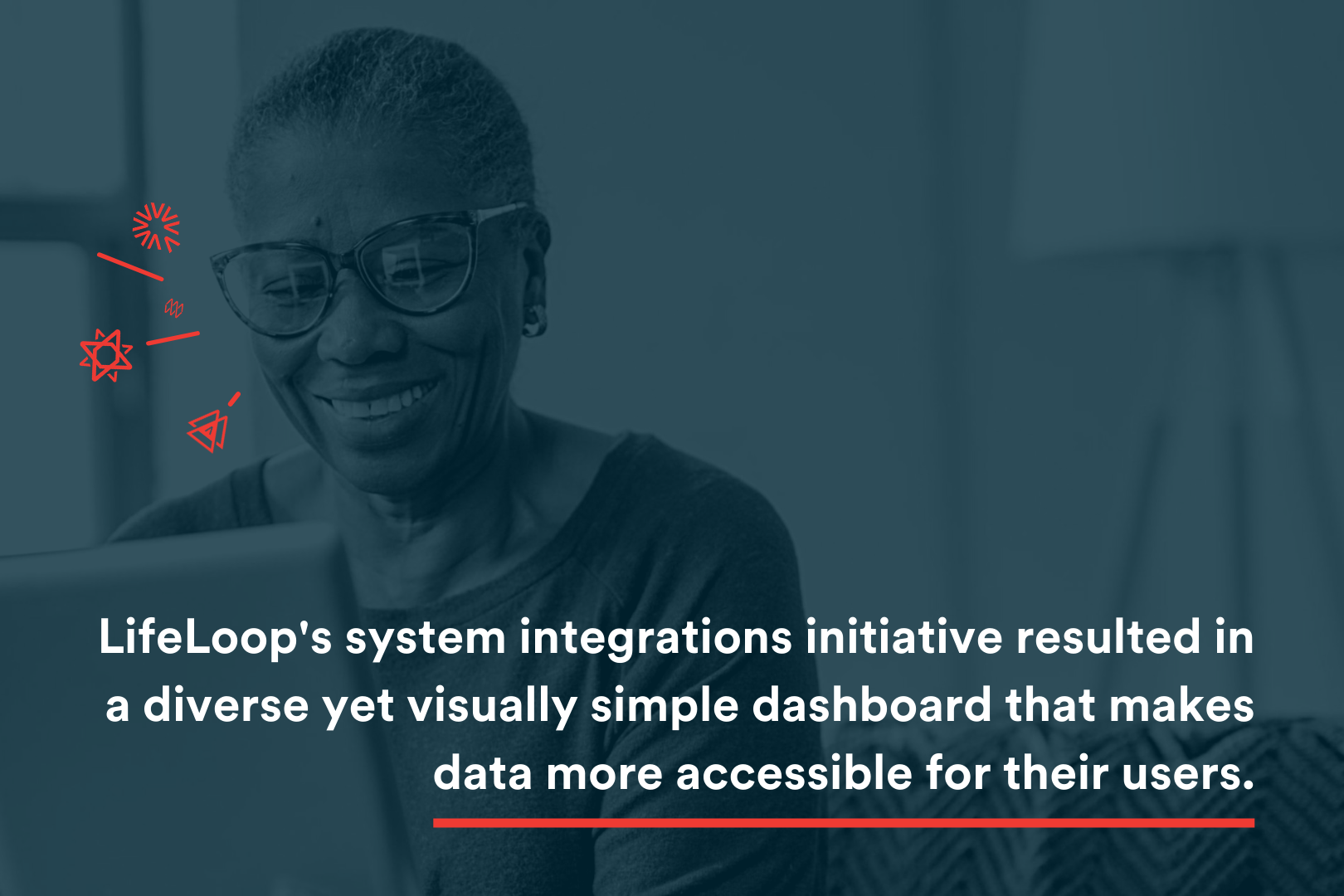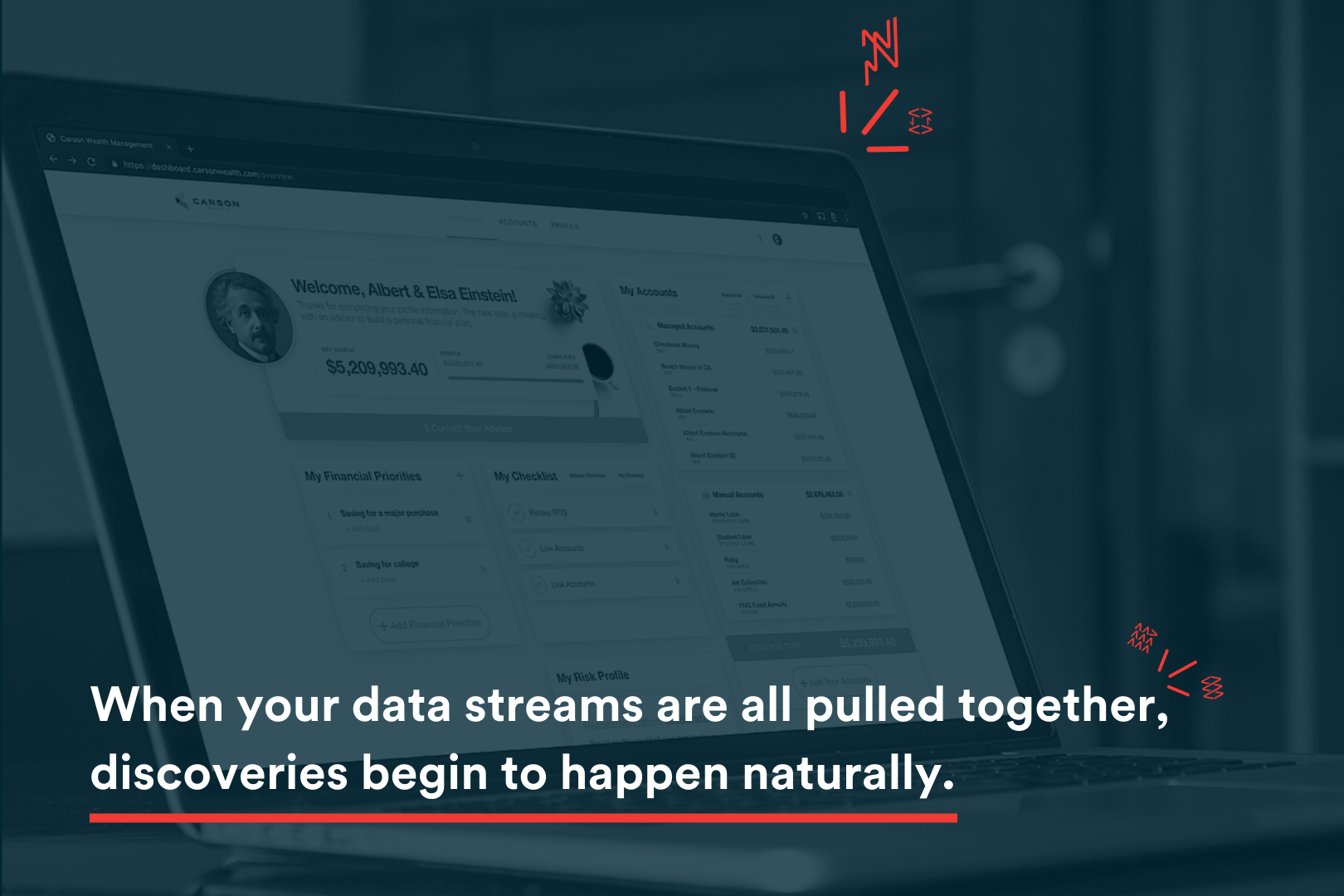big data | Data engineering | data strategy | system integrations | modernization
Many businesses deal with out-of-date systems, separated spreadsheets, and siloed data. Without strategic system integrations in place, these segmented technologies negatively impact your team’s decision-making ability and as a result, cost you money.
In fact, according to IBM, surveyed organizations estimate that poor data quality is costing them an average of $15 million per year — with even greater long-term impacts such as reputation damage, missed opportunity, and loss of revenue. As a business leader, you’ve heard of the value integrated data can bring your organization. You may have considered merging systems before but need better examples of the ROI. System integrations take time — does the cost justify the outcome?
The answer is a resounding ‘yes.’ Here are just a few examples of the benefits merging your systems brings to your business.
Identify Negative Discrepancies or Surprise Positives
With all your data in one place, it becomes much easier to identify issues that might be affecting revenue, workload, or other facets of your business. Historic views can help determine if a drop that occurred recently has happened once or if it's a recurring issue. This doesn’t just allow for faster solutions when problems arise — it also helps your team become more proactive, too.
For example, Decision Logic is a restaurant company that makes management software built to reduce food and labor costs and increase profitability. In a testimonial, one of their clients, Sexy Pizza, noted:
We went from throwing away anywhere from 300 to 400 lbs of cheese (our most expensive line item aside from labor) per week due to over portioning, waste, etc. to keeping it under 75 lbs. At $2.75/lb, that's a significant savings on just one product. This information alone is proof to ALL employees how important following recipes and portion control is, not only to the business but also to an individual's paycheck. Giving everyone the specific numbers of missing products on a regular basis has proven more beneficial than I thought.
— Kyle Peters, Owner of Sexy Pizza
By having historical usage and purchase data immediately at their fingertips, Sexy Pizza is now able to save up to almost $43,000 a year just on cheese.
Universal Uniformity
When you have multiple, disparate systems there’s a good chance that your employees, clients, or other stakeholders might be viewing out of date data. Even if the data is current, there’s important context that’s lost if they’re missing key data points and they can’t see the whole picture. This could lead to stakeholders using the only data they have available, further spiraling away from accurate and valuable information. With a system integrations strategy, you can create a universal view that ensures that everyone is viewing the same data the same way.
This is also an application for legacy system integration as it can create an updated view for various dated systems. The Guardian project for the Department of Defense is a prime example of the benefit of universal uniformity through systems integration. Designed to pull together different, out-of-date systems into one universal view, it integrates with over 20 various government systems and acts as a near-real time, geospatial application that displays data from multiple streaming sources. As a result, it has led to higher success rates for missions abroad and improved pilot efficiency.

Enhanced Visuals, Enhanced Usability
Raw data can be hard to interpret for users of all experience levels, and unless it’s presented with user experience in mind, your clients may either feel overwhelmed or confused as to what they’re looking at in the first place. System integrations can pull together your data sources and recontextualize it in a user-friendly view.
Air Force Recruiting Services had this need when they were trying to target potential recruits. The solution was the Aim High app, which combines existing information channels and makes it easier for potential recruits and their families to learn more about the Air Force, engage with interactive media, and get status updates.
LifeLoop, a company that builds senior living software, also benefited from a system integrations initiative by building a diverse yet visually simple dashboard that makes data and communication much easier for residents, family members, and staff at their retirement communities.

Deeper Data Pools
When your data streams are all pulled together, discoveries begin to happen naturally. One of these that benefited Carson Group was the discovery of untapped data they already had that wasn’t being used to its full potential.
Carson Group offers a wide variety of tools for financial advisors and clients alike. When they were trying to rebuild parts of their existing dashboard to enhance their user experience, together with Aviture, they discovered there was a large amount of data they had already collected that could be applied to this dashboard. This led to a much more desirable experience for their users with an adoption rate of 50-75% (compared to 10-13% on the old platform) as well as positioned Carson for scalable growth.
Ask yourself: in your business, what discoveries may be lying dormant due to siloed data streams?

Save Time, Increase Meaningful Work
System integrations have proven that they lead to optimized workflow and better efficiency. According to a study on how data visualization dashboards improved the efficiency of healthcare analysis, they found that:
“These internal-use dashboards have allowed associates in multiple roles to perform a quick and thorough assessment on a hospital of interest by providing the data to answer necessary questions and to identify important trends or opportunities. This automation of a previously manual process has greatly increased efficiency, saving hours of work time per hospital analyzed. Additionally, the dashboards have standardized the analysis process, ensuring use of the same metrics and processes so that overall themes can be compared across hospitals and health systems.”
Being able to quickly locate information means that you can spend less time trying to track it down and more time using that information to make decisions, regardless of the industry. Data analysts spend most of their time aggregating raw data instead of using it, so by empowering your workforce with a better way to navigate your data you will be paving the way for what comes next: scale.
Set Sail for Scale
This list only covers a handful of the benefits you can achieve with system integrations; however, all of these are signifiers of development you can achieve within your business and can help you grow. By saving valuable time, reducing unnecessary costs, and assisting in making important discoveries and empowering better decision-making company-wide, you can repurpose those resources towards business development. Whether you’re needing to integrate systems internally, for your clients, or both, creating a strategy on how to integrate your systems will pave the path to scalability.
At Aviture, our mission and belief is that software doesn’t mean anything unless it solves a problem, so we create technology to enable users, open possibilities, and create meaningful business impact.
Innovation built on intent and powered by collaboration can take us beyond any obstacle. To get in touch with us about launching your next revolutionary tech adventure, contact us today.


.png)


